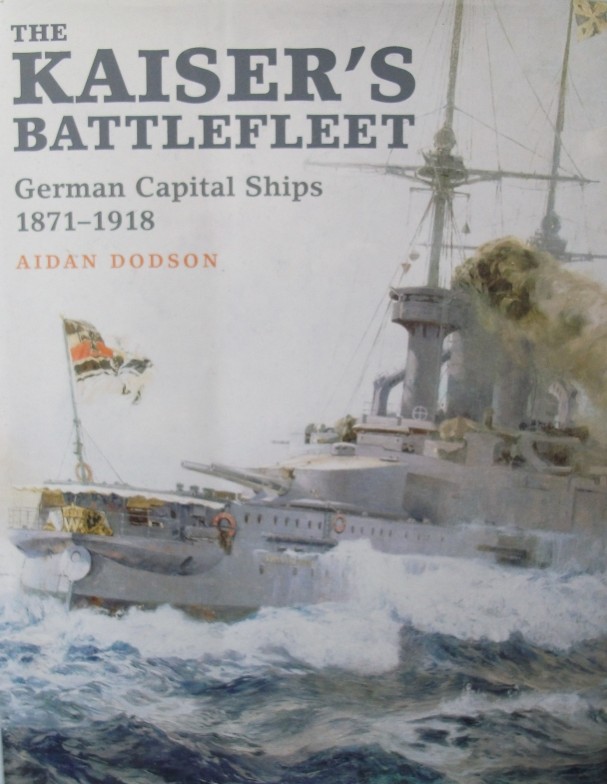
Reviewer: NZ Crown Mines)
Title: British Battlecruisers 1905-1920
Author: John Roberts
Total Number of Pages: 128
Rating Scale (1: Very Poor, 10: Excellent): 6
____________________
Compromise can sometimes have unexpected consequences, with ‘theory’ not being supported by actual experience. So it proved with the ‘Battlecruiser-type’ warship. In theory a warship which was fast enough to overtake its opponents and (by being equipped with very heavy gun armament), be able to then destroy them, was an excellent idea. The reality was somewhat different, and as with many compromises, it was ultimately unsuccessful in its application.
This volume was originally published in 1997, and revised and reprinted in 2016. It covers the rise and fall of the battlecruiser-type warship within the Royal Navy. Unlike many other works on such vessels, this book concentrates on the technical aspects of the type. Numerous Photographs, Tables, Drawings, Plans and Diagrams, contribute to the narrative. In addition, a set of Original Plans In Colour of HMS Invincible appear in the middle of the work. Looking suitably nostalgic by virtue of the colours employed, these include a fold-out section and are supplemented by an additional monochrome plan (that of HMS Queen Mary, 1913). This resides in a specially-designed pocket inside the back cover.
The volume consists of 16 un-numbered sections. A Preface to New Edition [sic] section is followed by one titled Abbreviations which is devoted to the abbreviations used throughout the work. An Introduction provides details of the World War I operational service of Royal Navy battlecruisers. Three other sections cover the history, development and construction of the battlecruiser-type vessel within the Royal Navy. Additional sections provide detailed analysis of the machinery, armament and armour that such vessels carried. A Summary of Service section details the naval service of most of the vessels referred-to within the volume, although HMS Hood is conspicuously absent. A Sources section serves as a Bibliography. Within each chapter, sequentially-numbered endnote markers are used to provide additional source information. The relevant sources appear in a separate Notes section. An Index is provided. The existence of the previously-mentioned Photographs, Tables, Drawings and Diagrams is not mentioned within the Contents section, while the Index states only that ‘Page references in Italics denote photographs / diagrams’.
To this reviewer, this volume’s title implied a full history of the battlecruiser type of vessel. Such was not the case. He found instead a work that concentrated almost exclusively on the technical details of the type, and ignored all post-World War I service of its subjects. He was especially surprised to find no mention of HMS Hood (the ultimate, and most famous British battlecruiser) in the volume’s Summary of Service section; this despite photographs and technical details of this vessel appearing within the work. As the loss of this ship forms a major part of Great Britain’s recent naval history, this is a major omission which reduces the volume’s authority.
This volume is likely to appeal to several groups. These could include those seeking technical information concerning Royal Navy battlecruisers per se’. Those interested in sea-going artillery and naval design and Historians with an interest in World War I or in naval, and military matters may find it worthy of inspection. Warship modellers seeking details about specific vessels may also find it a useful source of information. Those seeking details of the post-World War I service of these vessels, and of HMS Hood in particular, are however, likely to be disappointed.
On a Rating Scale (1: Very Poor, 10: Excellent), I give it a 6.
nzcrownmines is also available for book reviewing: Contact nzcrownmines@gmail.com
